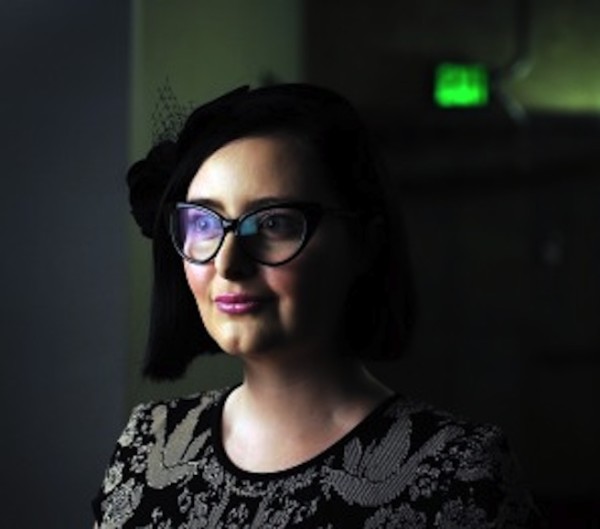In her article “Better Online Living through Content Moderation”, Melissa King proposes “using content control features is not guaranteed to stop the effects of abuse, they do help and their use should not be disparaged and discouraged.” Content control can help users that suffer from PTSD that need to “avoid topics and people that trigger their anxiety”. King brings awareness to “cultural opposition” towards suffers that are viewed as weak and overly sensitive. Online aggressors who invoke attacks, blame the victims stating they should “just deal with it”, regardless of the context or situation. King believes “Content control is helpful in limiting the worst of these attacks, which themselves can cause PTSD if severe or long-term enough.”
A major argument against content control is that people over-exaggerate the “abuse and harassment they receive” and that they should be “less sensitive”. King claims these arguments create an invalid comparison to exposure therapy, “a type of therapy designed to combat severe anxiety through gradual and controlled exposure to its source, to inure an individual to these triggers and lesson the disruptions they can cause.” Opponents misinterpret “Exposure Therapy” as a means to “hurl insults and threats at someone with the hope they somehow come out more mentally durable”, King considers not only a mishap in content control discussions but also in the understanding of human psychology.
King discusses the other argument against content control, which is the belief that no real harm can come from words said online. She claims that the same “ignorance that yields metaphors to exposure therapy” fuels popular cultures idea that online harassment cannot cause PTSD. She references Caleb Lack, “a licensed clinical psychologist and psychology professor who specializes in treating anxiety disorders”, who claims ““Yes, you can ‘get’ PTSD from Twitter.” but specifically the bullying and harassment that could lead to PTSD and PTSD symptoms not Twitter itself. Based on these claims, King concludes as fact that “long-term exposure to threatening situations, such as online harassment, is one of the major causes of PTSD”.

